The 7 'Healthy' Oils That Secretly Sabotage Your Blood Pressure
Everyone wants to make heart-smart choices in the kitchen, especially when it comes to cooking oils. For those taking care of their blood pressure, navigating the jungle of “healthy” oil options can feel overwhelming. It’s easy to believe that anything labeled “natural” or “plant-based” is automatically a wise pick. But sometimes, these well-meaning switches don’t pan out the way we hope—especially when we look beyond the marketing and focus on how these oils really affect our hearts and vessels. The truth is, not all so-called “healthy” oils offer the support our bodies need when it comes to blood pressure. Some sneak in with hidden saturated fats, others disguise themselves behind terms like “light” or “blended,” and a few hide in products already loaded with sodium. This list is designed to shine a gentle light on seven oils that could quietly undermine your blood pressure goals, even if they have a halo in the grocery aisle. The good news? It’s all about subtle tweaks, not sweeping overhauls. Let’s gently unpack which widely loved oils might need to go on your watch list—and how compassionate, informed swaps can help you feel vibrant and confident, one meal at a time.
1. Palm Oil: The Hidden Culprit in “Natural” Foods
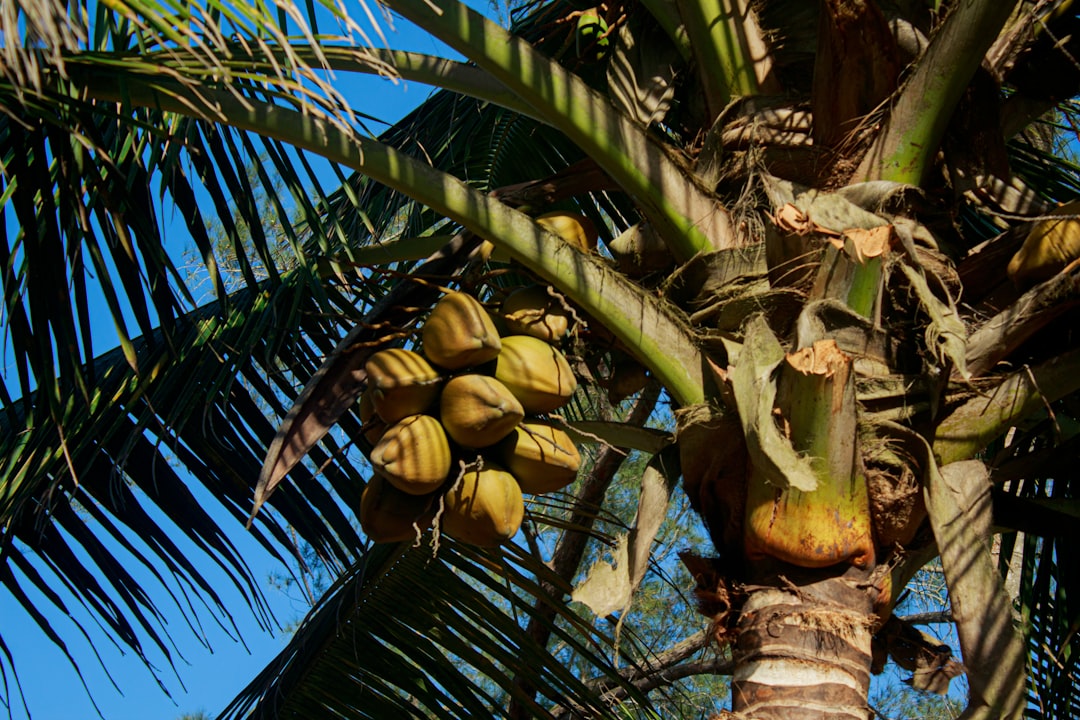
Palm oil turns up everywhere these days—from granola bars and cereals to “better-for-you” microwave popcorn. Its reputation as a plant-based option has helped it slide onto ingredient lists for foods that seem wholesome on the surface. The catch? Palm oil is one of the more saturated-fat–heavy choices, packing about 50% saturated fat by volume. Nutrition experts warn that regularly consuming high levels of saturated fat can raise “bad” LDL cholesterol, which is tightly linked with higher blood pressure and increased risk of heart disease. The trouble isn’t just in how much you use, but in how easily palm oil hides in processed foods. You can find nearly a third of your daily recommended saturated fat in a single serving of some so-called healthy snacks. Health guidelines suggest keeping saturated fat to less than 10% of your daily calories, but palm oil makes that tough—especially when it’s acting as a “stealth” filler in products that look clean and natural. Reading ingredient lists carefully and opting for whole-food snacks can help keep your heart and blood pressure in friendlier territory, without having to swear off all convenience foods.
2. Coconut Oil: From Wellness Darling to Blood Pressure Risk
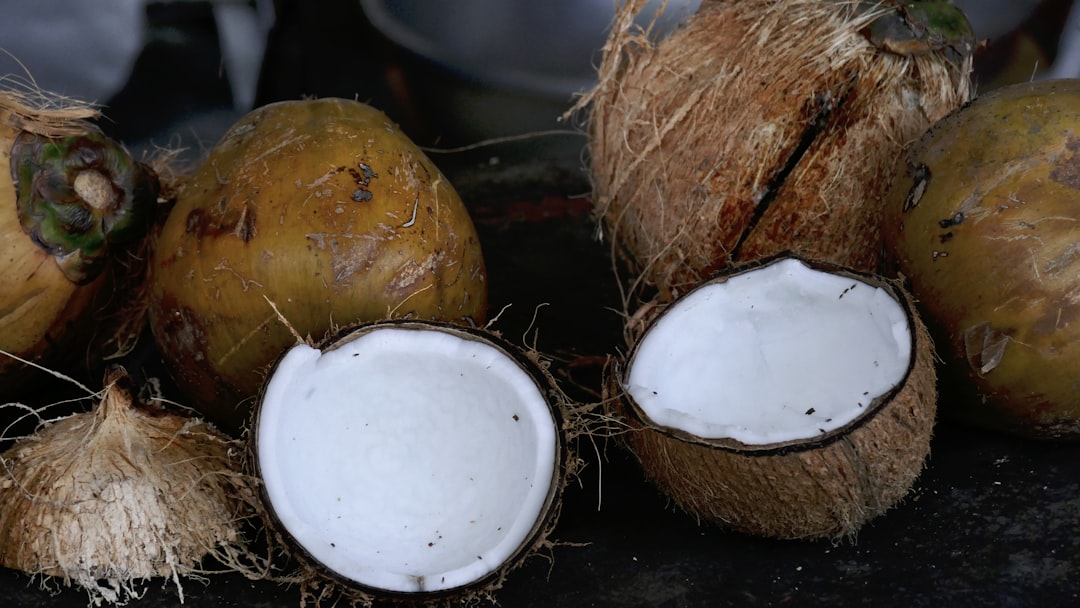
For years, coconut oil has been hailed as a superstar in wellness circles, showing up in everything from smoothies to sauté pans. The charming tropical aroma and its reputation for boosting metabolism make it an easy sell, but the science draws a very different picture for those watching their blood pressure. Coconut oil is over 80% saturated fat—far more than butter—and mounting research links its regular use with increased LDL cholesterol levels, which can nudge blood pressure upward in susceptible individuals. The American Heart Association and nutritionists recommend using coconut oil in moderation, if at all, especially for anyone managing hypertension or heart disease risk. While you don’t need to fear coconut altogether, it’s wise to treat it as a sometimes ingredient, rather than an everyday staple. If you love the flavor it brings to your meals, try blending a small spoonful into dishes that also feature olive or canola oil, or save it for special recipes. This way, you still get that touch of indulgence without letting saturated fat take center stage.
3. Canola & Sunflower Oils: When Omega-6s Crowd Out Balance
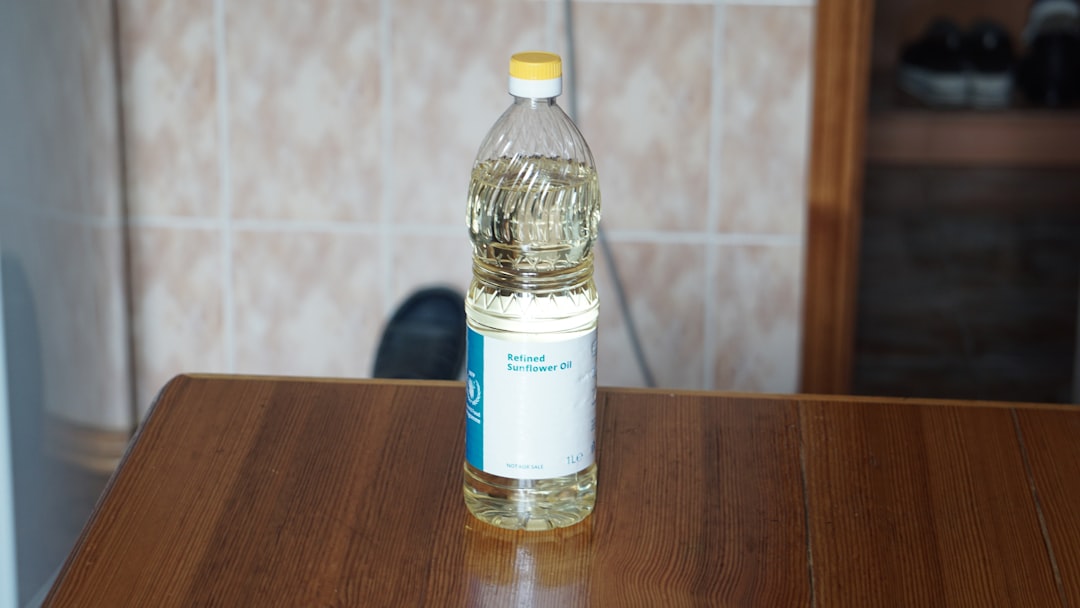
Canola and sunflower oils are kitchen mainstays that show up in countless “heart healthy” and cholesterol-lowering product claims. Both are technically low in saturated fat, but what frequently gets missed is how very high they are in omega-6 fatty acids. For our bodies, the ratio of omega-6s to omega-3s matters. Most Americans get plenty of omega-6 oils from processed foods and not nearly enough anti-inflammatory omega-3s from sources like fish, walnuts, or flaxseed. Current research hints that chronic excess of omega-6s, without the offset of omega-3s, may play a role in inflammation—something that can quietly encourage blood pressure to creep up over time. Instead of avoiding canola and sunflower entirely, think about using them in rotation with omega-3–rich choices, like extra-virgin olive oil for dressings or a dash of flaxseed oil in dips. Even small shifts toward more balanced fat sources can support steadier blood pressure and overall well-being.
4. Lower-Quality Olive Oil: Not All Bottles Are Equal
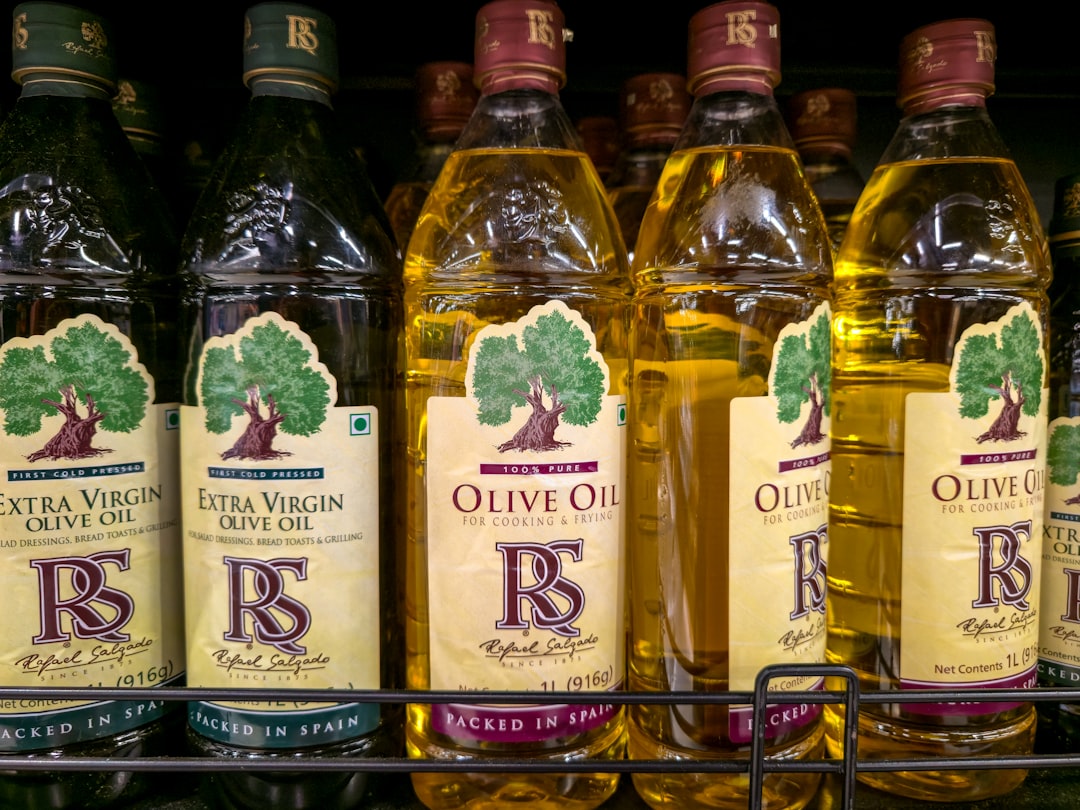
Olive oil is almost synonymous with heart health—but not all bottles are created equal. The biggest benefits come from high-quality, extra-virgin olive oil, which is rich in antioxidants called polyphenols. Unfortunately, many store-bought salad dressings and processed goods use lower-grade, refined, or blended olive oils that don’t offer the same support for blood pressure or cholesterol. It’s easy to get caught out by clever packaging or promises of “light” texture, but refined olive oils often have fewer beneficial compounds and, in some cases, are diluted with cheaper, less heart-friendly oils. For best results, choose dark-glass bottles labeled “extra virgin,” which typically indicate cold-pressed methods and more antioxidants. When possible, use your own mix of extra-virgin olive oil and lemon juice for salads, bypassing store-bought dressings—which are often more about oil content than genuine Mediterranean-style health.
5. Soybean Oil: Sneaky Addition to “Healthy” Dressings
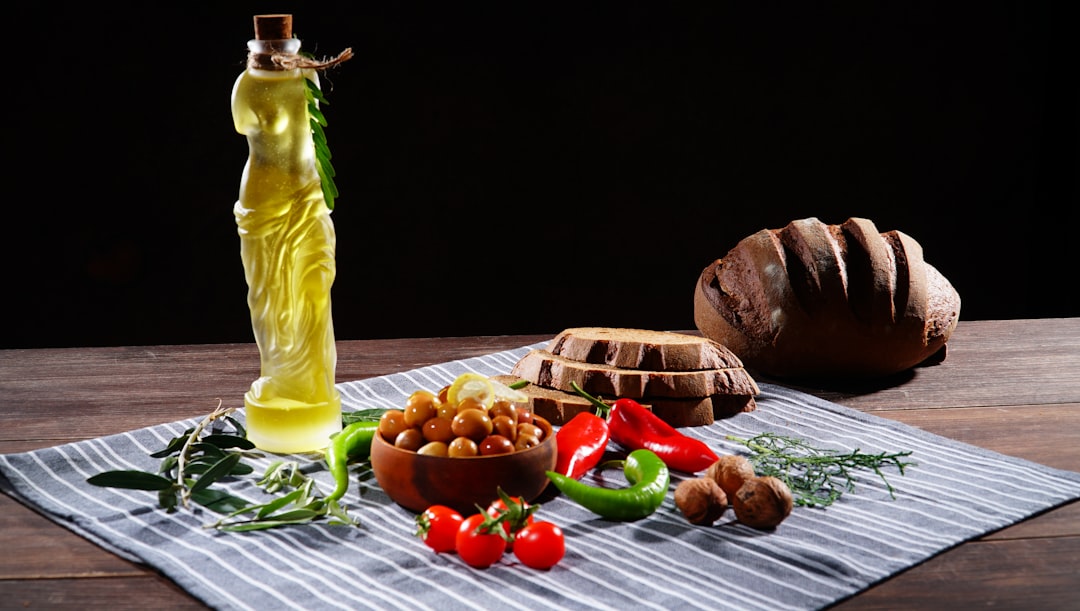
Take a closer look at many supermarket salad dressings, and you’ll often find soybean oil high on the ingredient list—even on bottles labeled “simple” or “natural.” Soybean oil is inexpensive and helps create the creamy texture people love, but studies are casting doubt on its cardiovascular credentials. Research published in the medical journal BMJ tied high intakes of soybean oil to increased risk of heart disease and metabolic challenges—both of which can influence blood pressure over time. The real issue lies in just how easily we can consume a lot of soybean oil without realizing it, especially if we dress salads liberally or rely on packaged meals. A helpful alternative? Try mixing your own olive oil-based vinaigrette at home, or look for dressings that blend avocado oil with fresh herbs. Simple swaps like these put you in control of both taste and heart-healthy fats, making each leafy meal a gentle boost for your blood pressure.
6. Sodium-Laden Oil Products: The Double Whammy
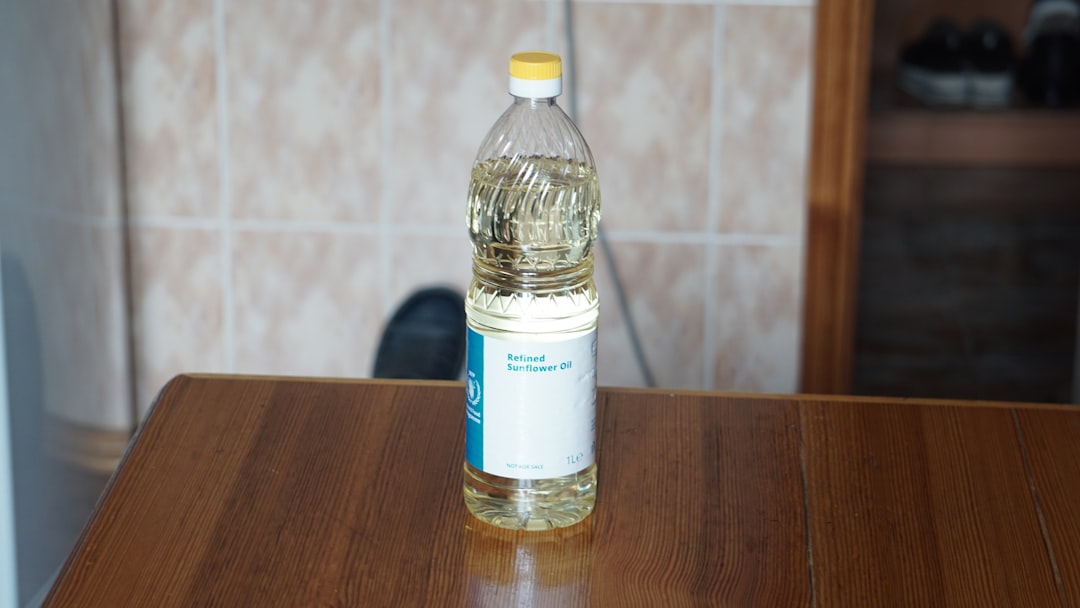
Some of the most flavor-packed oils—garlic-infused, herbed, or spicy blends—tempt us with big taste, but there’s a quiet catch: sodium. Many manufactured oil-based products, spreads, and processed snacks deliver a surprising amount of added salt. For those keeping an eye on blood pressure, that’s extra concerning. The American Heart Association suggests most adults (especially with hypertension) stay below 1,500–2,300 milligrams of sodium daily, but a few tablespoons of flavored oil or a handful of seasoned snacks can send you over the mark without notice. Instead of giving up all bold tastes, try using unsalted oils plus your favorite garlic, chili flakes, or fresh herbs. A simple jar of olive or avocado oil can become a custom infusion with a clove of smashed garlic or a sprig of rosemary. This approach lets you savor big flavors while maintaining gentle control over your sodium intake—a win for both your taste buds and your blood pressure.
7. Adulterated or Low-Quality Avocado Oil: When Purity Isn’t a Given
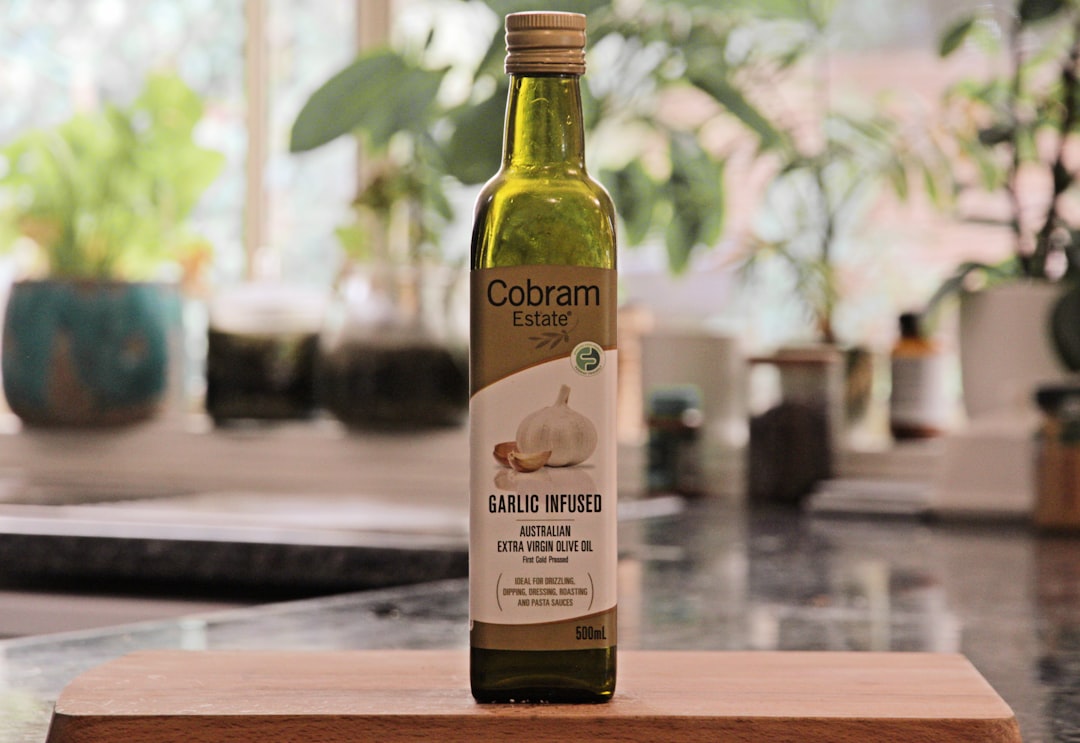
Avocado oil has soared in popularity for its creamy texture and balanced fat profile—plus its reputation for helping cholesterol and blood pressure. But purity is a real issue. Recent studies have found that many store-bought avocado oils are adulterated with cheaper, less healthy oils or are improperly labeled. This means that what’s in the bottle might not actually support your heart or blood pressure at all, even if you’re paying a premium price. If you love avocado oil, look for brands that offer independent purity testing or certifications. Stick with bottles in dark glass and avoid anything with an off smell or unclear labeling. Genuine, high-grade avocado oil can be part of a blood-pressure–friendly kitchen, provided you’re getting the real thing. A small switch in sourcing protects your wellness investment and ensures your good intentions translate into real benefits.
The Heart of Choosing Wisely
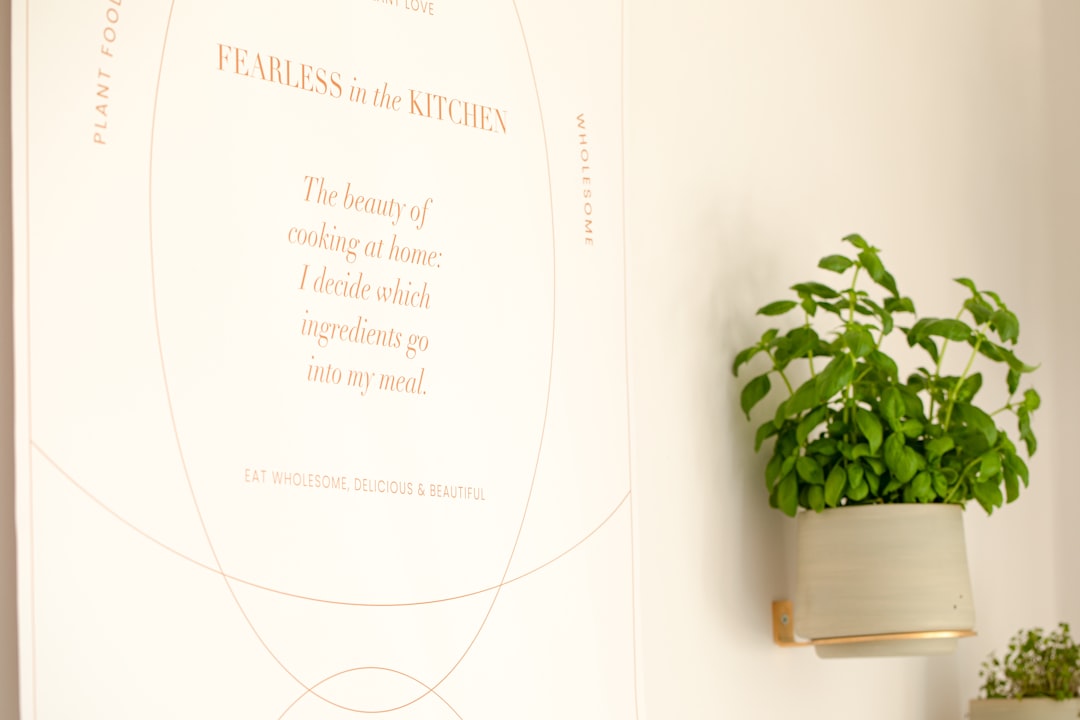
Choosing cooking oils goes far beyond packaging claims—especially when it comes to nurturing steady blood pressure. What matters most is quality, balance, and how those oils fit into your actual habits. Every swap you make is a subtle nudge toward a stronger, more vibrant heart. There’s no need for drastic diets or eliminating every favorite dish; in fact, wellness flourishes with flexibility. By learning to read ingredient lists, balancing your fat sources, keeping sodium in check, and seeking out truly pure options, you give yourself the gift of informed, empowered health. No single oil can guarantee or derail your blood pressure goals overnight—it’s the pattern that counts. Whether you’re making a quick lunch or a special meal, every small, caring choice helps your body thrive. Over time, these gentle tweaks in the kitchen can lend a sense of confidence and ease to your wellness journey—nourishing both body and spirit, one delicious moment at a time.
